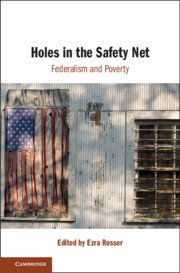Article: K. Sabeel Rahman and Jocelyn Simonson, The Institutional Design of Community Control, 108 Cali. L. Rev. 679 (2020). Abstract below:
A growing set of social movements has in recent years revived interest in “community control,” the idea that local residents should exercise power over services like the police, infrastructure, and schools. These range from a call from the Partnership for Working Families, a grassroots coalition, to build community control through the direct democratic governance of local infrastructure, to the push from the Movement for Black Lives, a racial justice coalition, to institute community control of law enforcement agencies. For these movement reformers, community control grants local communities greater power over both the levers of urban policy-making and the direction of local services and resources. These social movement visions of community control offer a real-time exploration of potentially transformative institutional designs to shift power in a more equitable direction.
This Article uses two current movement governance proposals—community control of the police and community control of local economic development—to develop a broader, transsubstantive framework for analyzing how local governance institutions might shift power and attempt to redress inequality. We identify three key dimensions along which to analyze the potential for power-shifting and contestation in local governance: the nature of authority, the composition of the governing body, and the moment of authority. Community control may or may not be part of the answer to longstanding structural inequality. But it is still worth exploring the dynamics of local governance that can (or cannot) facilitate contestation, build power, and push back on the antidemocratic structures of law themselves. This Article begins to take on that task.





